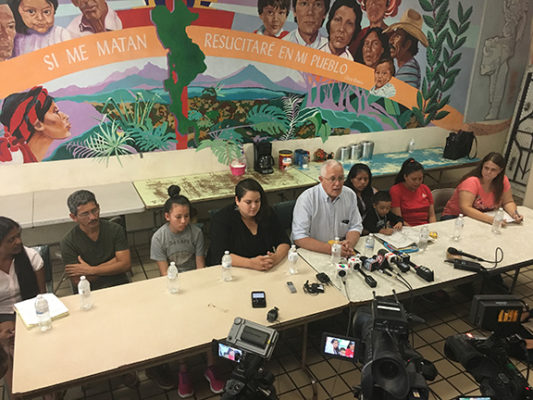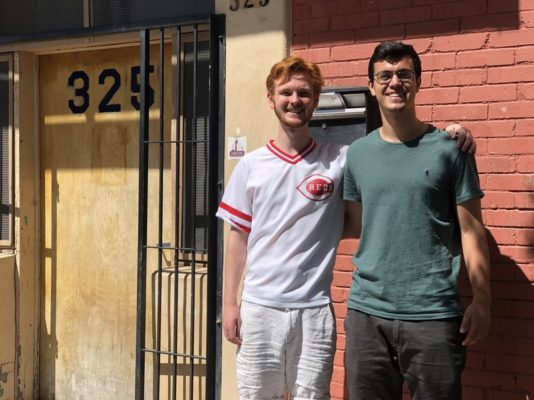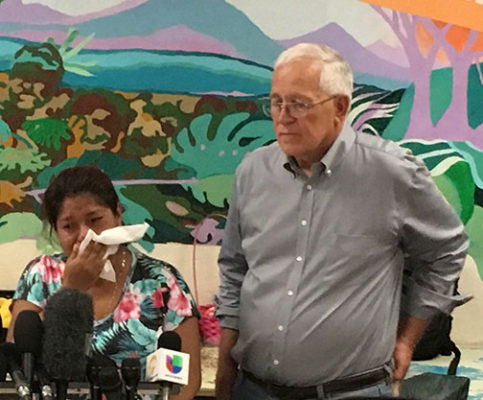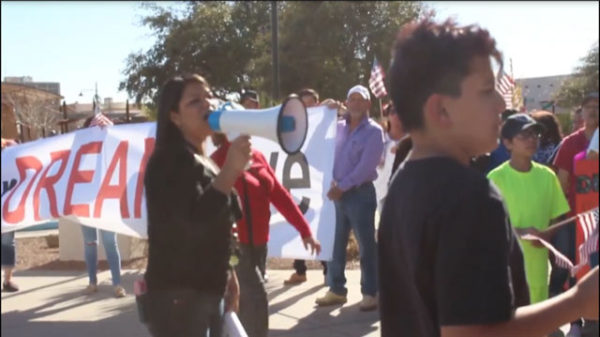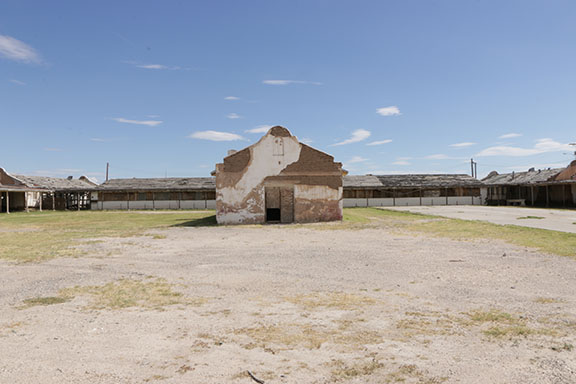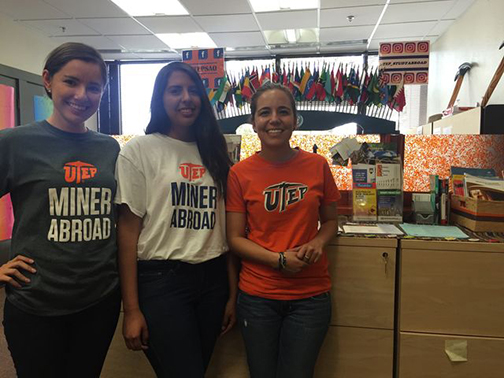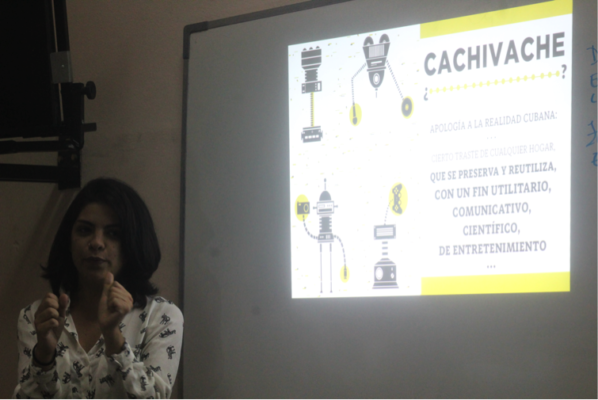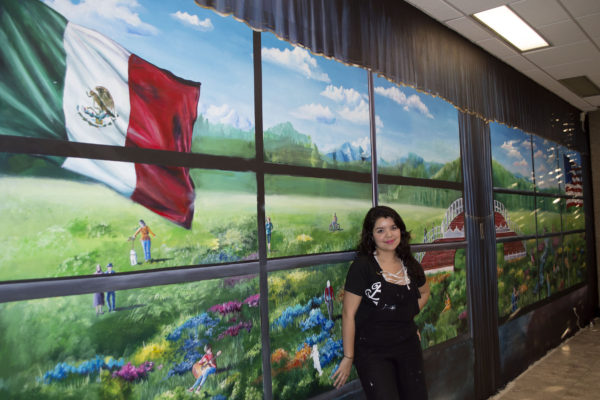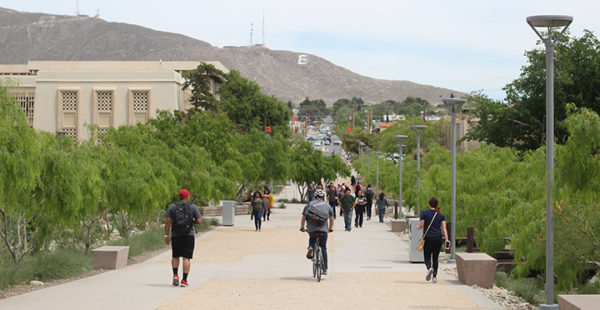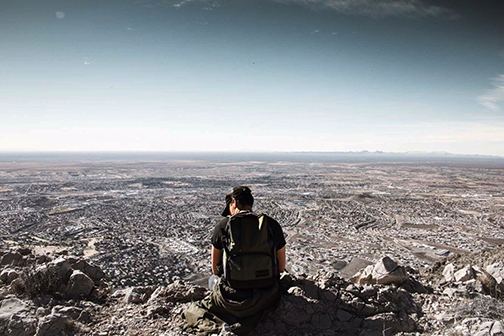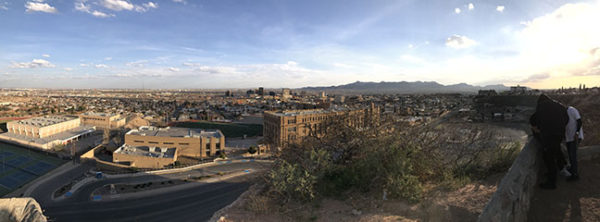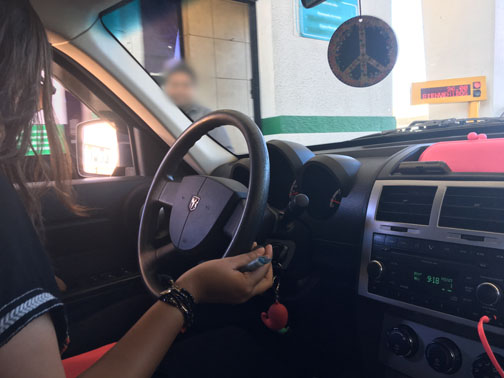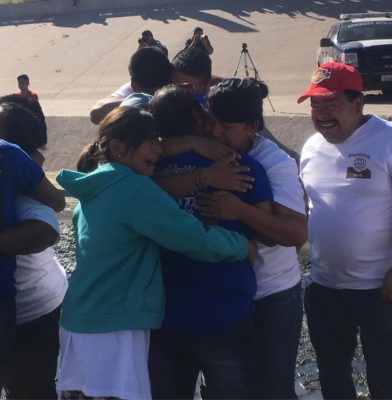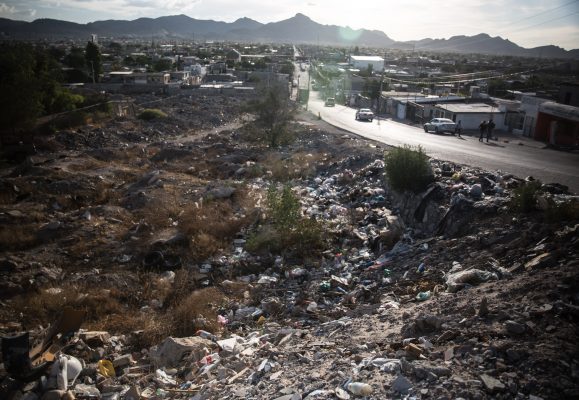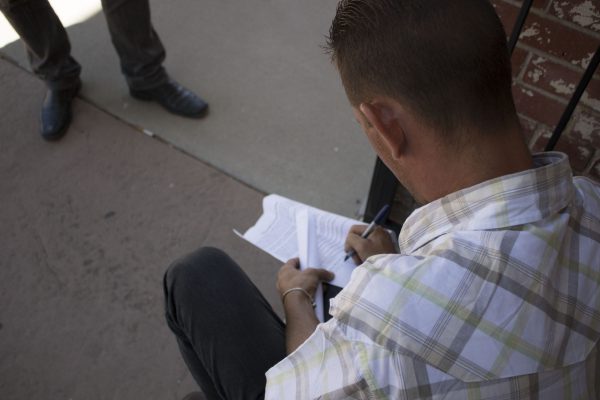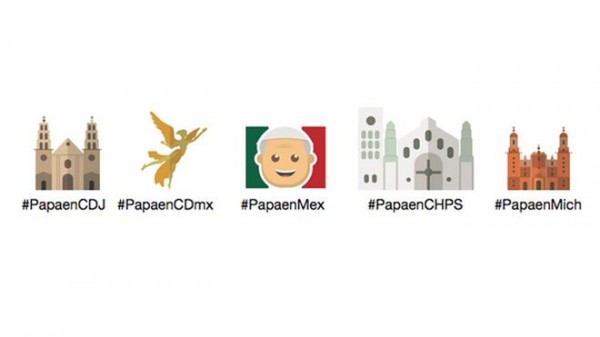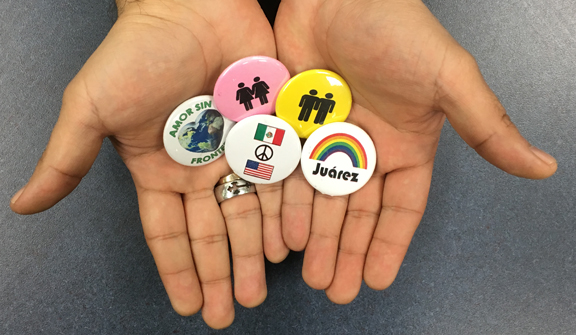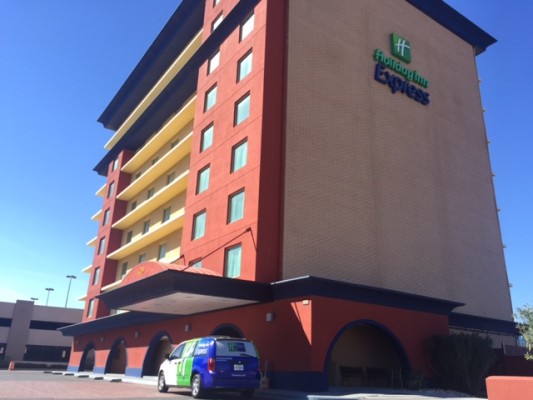Judge gives Thursday deadline for plan to reunify children with hundreds of parents government lost track of
|
A federal judge has given the government and American Civil Liberties Union until Thursday to develop a plan for reuniting hundreds of children who still haven’t been reunited with their parents weeks or months after being separated at the border. “The judge is making clear to the government that this must be a collaborative effort and that the government cannot place all the responsibility on the families, especially when it was the government that deported these parents in the first place,” ACLU attorney Lee Gelernt said in a statement. According to court filings, the government has custody of 431 children whose parents were deported earlier this year without the children they brought with them to the United States. Another 79 children are listed as “adult released to the interior,” and another 94 are listed as “adult location under case file review.”
These 604 children between the ages of 5 and 17 are among the 711 declared “ineligible” for reunification last week as the government declared that it had complied with an order by U.S. District Judge Dana Sabraw of San Diego to reunite families separated at the border by U.S. Border Patrol agents. The ACLU filed a lawsuit in February that resulted in Sabraw’s reunification order.
